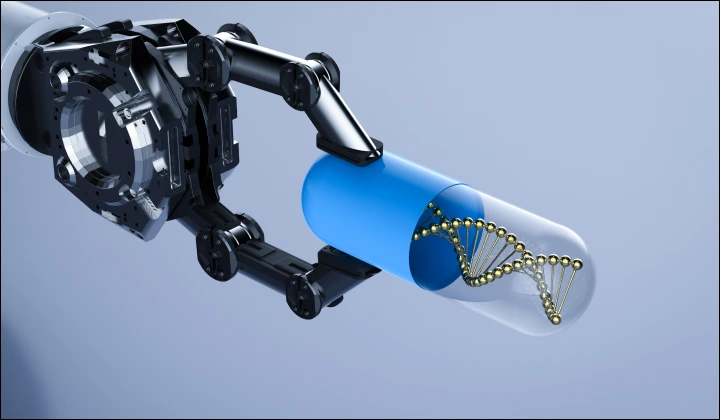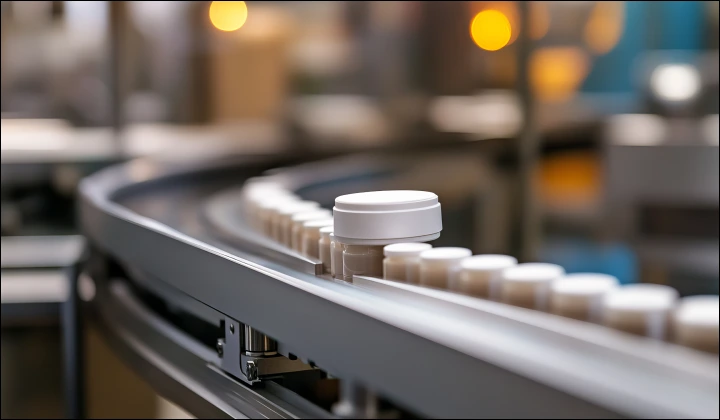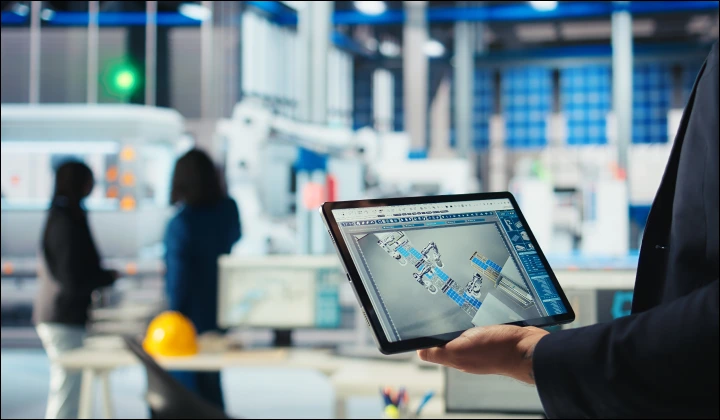NASA developed the first digital twins in the 1960s, making copies of its spacecraft to perform simulations and train astronauts.
These digital twins played a key role in saving the lives of the astronauts on the problem-plagued Apollo 13 mission.

Today, its uses are well-characterized in the manufacturing and engineering sectors.
Talking specifically about Digital Twin in Pharma, manufacturers are increasingly interested in the use of this technology in production processes, according to technology advisory firm ABI Research.
It projects spending by pharmaceutical manufacturers on data analytics tools — including the digital twin — to grow by 27% over the next seven years, to reach $1.2 billion in 2030.







 11 mins
11 mins











 Talk to Our
Consultants
Talk to Our
Consultants Chat with
Our Experts
Chat with
Our Experts Write us
an Email
Write us
an Email





